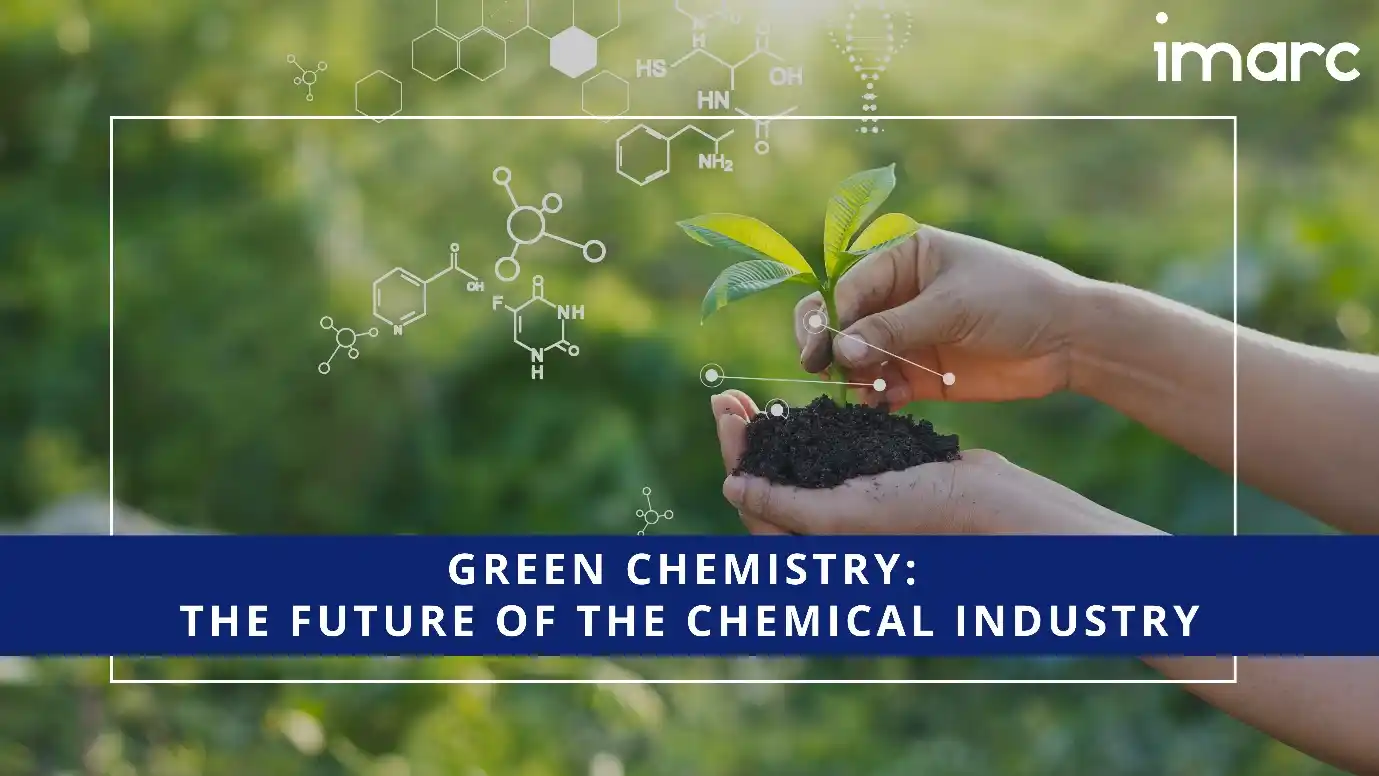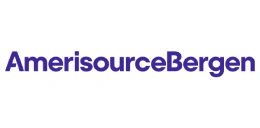Green Chemistry: The Future of the Chemical Industry

Green chemistry refers to the practice of creating new chemicals, materials, and processes that are less toxic to human health and the environment. It comprises the utilization of renewable resources and reducing waste and energy consumption. Green chemicals are used in various applications such as industrial and chemical, food and beverages, automotive, packaging, construction, agriculture, personal care, and many others. Nowadays, different types of green chemicals are available in the market, including bio-alcohol (bioethanol, bio-butanol, bio-methanol, and many others), bio-organic acids (bio-lactic acid, bio-acetic acid, bio-citric acid, bio-adipic acid, bio-acrylic acid, bio-succinic acid, and others), biopolymers (poly-lactic acid, bio-polyethylene, and others), bio-ketones, bio-solvents, and many other organic acids.
Green chemistry is based on the twelve basic principles that are outlined by the American Chemical Society (ACS), including prevention, atom economy, less hazardous chemical synthesis, designing safer chemicals, use of safer chemicals and auxiliaries, design for energy efficiency, use of renewable feedstocks, reducing derivative, catalysis, design for degradation, real-time analysis for pollution prevention, and safer chemistry for accident prevention.
Driving Factors that are Elevating the Green Chemical Market to the Next Level
Green chemicals are made up of plant and animal waste or renewable resources, which are environment-friendly. The growing environmental concerns due to the excessive use of fossil fuels and the scarcity of conventional resources are increasing the demand for biodiesel and bioethanol as alternative fuels in the market. Key players in the chemical industry are focusing on research and development to produce algae-based biofuel.
Moreover, initiatives by various governments worldwide are also supporting and promoting the use of green chemicals to reduce global warming and carbon emissions. Also, government legislation and regulations favor bioplastics as they are non-toxic, eco-friendly, and degrade quickly.
Many industries, such as food and beverage, personal care, and others, are widely adopting bio-based packaging materials in their organizations as they require fewer raw materials, cheap production costs, and convenient disposal.
In addition, as green solvents are non-carcinogenic and non-ozone-depleting chemicals, they are rapidly replacing synthetic solvents such as toluene, acetone, and xylene. Similarly, the adoption of green solvents in place of synthetic solvents for drug discovery and development by extracting and separating compounds from mixtures is shaping the future of green chemicals in the biopharmaceutical industry.
Key Player Innovation and Development in Green Chemistry
BASF is a chemical company committed to producing and developing a range of innovative green chemistry technologies for various industries, such as automotive, agriculture, construction, and many others. In June 2022, the company developed BASF Puristar and BASF Sorbead technologies for green hydrogen purification. These technologies purify and dehydrate the hydrogen stream from the water electrolysis process, making it suitable for liquefaction and transportation as an energy source or chemical feedstock. Moreover, the company has also introduced the Puristar portfolio of catalysts for plastic recycling.
Dow Chemical is a multinational chemical corporation engaged in the production of a wide range of chemicals, plastics, and agricultural products. The company has developed several innovative green chemistry products and processes, such as producing polyethylene using renewable feedstocks, including waste from the paper industry. This year, the company's personal care segment has launched six cosmetics products that are made up of high performing bio-derived and bio-degradable ingredients. The company also collaborated with LVMH Beauty to accelerate the use of sustainable packaging made up of bio-plastic and circular plastic.
DuPont, a chemical company, has set a target for 2030 to produce all its products and processes using green chemistry. The company has developed BLUEDGE non-hazardous and safer-by-design flame retardant technology and has replaced hexabromocyclododecane (HBCD), a hazardous flame retardant previously used in polystyrene foam insulation.
Cargill is an American company that offers bio-industrial products that replace mineral oil-derived products with plant-derived raw materials. The bio-industrial segment offers plant-based coalescing agents, dielectric fluid, vegetable oil, hydro colloidal admixtures, block admixtures, and many others. The products include dextrose, agri-pure fatty acids and solvents, agri-pure bio-solvents, polyunsaturated oil, and many others.
In addition, many companies, such as Koninklijke DSM NV, Mitsubishi Chemical Holdings Corporation, GF Biochemicals Ltd., Evonik Industries AG, and others, are key players in the green chemical market and are continuously innovating their products and technologies with green chemistry.
Future Outlook: The Changing Landscape of the Industry
Governments are supporting the concept of green chemistry by creating regulatory frameworks and taking steps to promote the use of green and environmental-friendly products and processes. It includes the partnership and collaboration between industries, NGOs, and stakeholders, creating incentives and subsidiaries, and adopting favorable rules, regulations, and standards.
In the coming years, the research and development for biofuels, biodiesel, bioplastics, and other chemicals will provide significant growth opportunities for market players. The outlook for green chemistry is promising as more and more companies and governments recognize the need to reduce the environmental impact of their operations.
How can companies develop their strategies for producing sustainable products by using green chemistry?
Companies need to set goals for sustainable product development using an efficient approach. Each industry must evaluate and analyze products to understand their environmental impact and invest in their research and development to create green chemistry technologies. The analysis of competitors' greener approaches for the industry is again a critical parameter to move towards sustainability.
At @IMARC Services Private Limited, we assist companies in identifying their competitors, business strategies, and greener approaches for developing products and technologies. We can discover targeted customers and suppliers for the green chemical market and create robust marketing plans. We can aid by providing information on competitors' innovations and government regulations and legislation. This way, companies can sustain long-term success and growth by adopting green and sustainable approaches.
Our Clients
Contact Us
Have a question or need assistance?
Please complete the form with your inquiry or reach out to us at
Phone Number
+91-120-433-0800+1-201-971-6302
+44-753-714-6104










